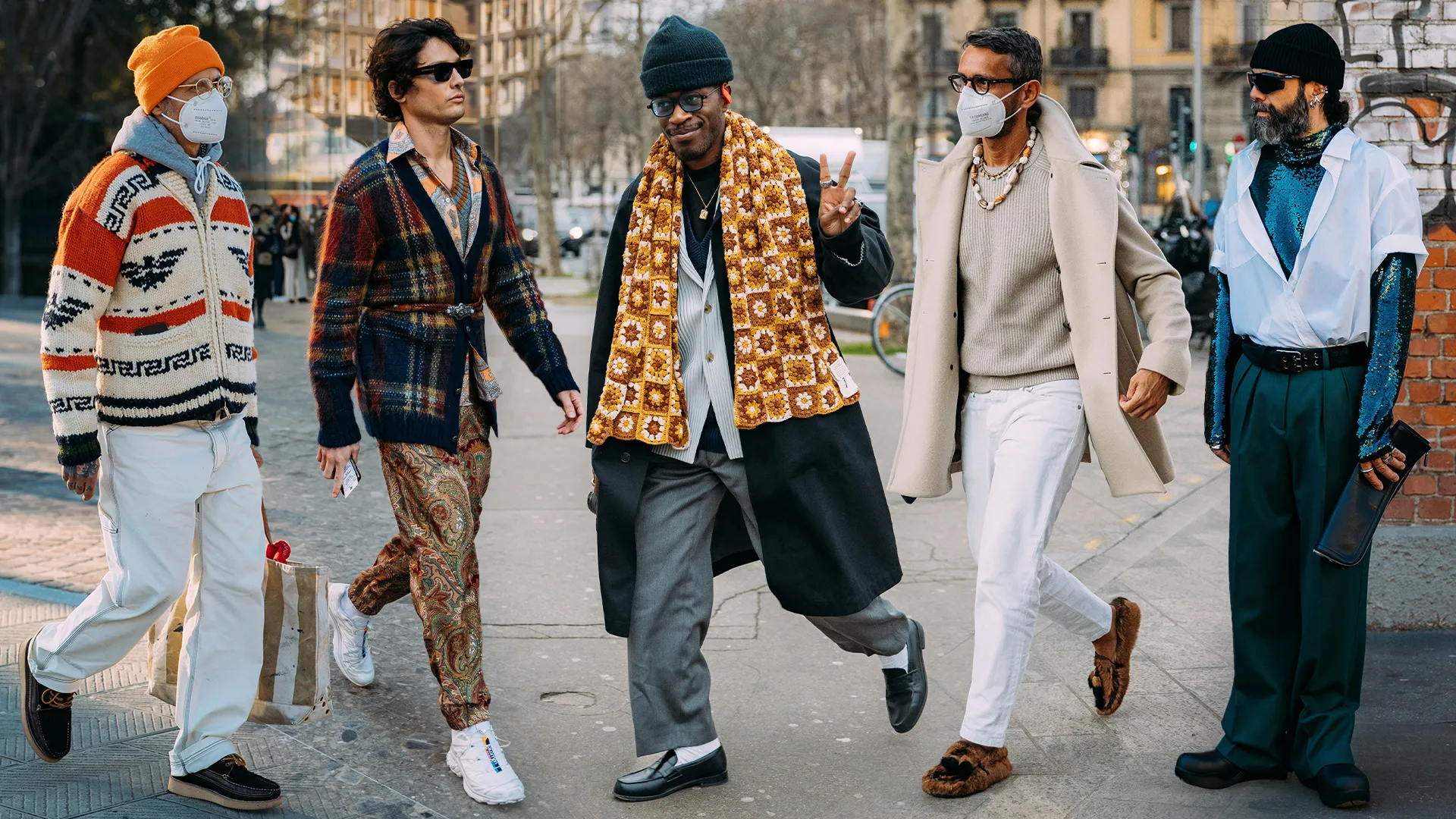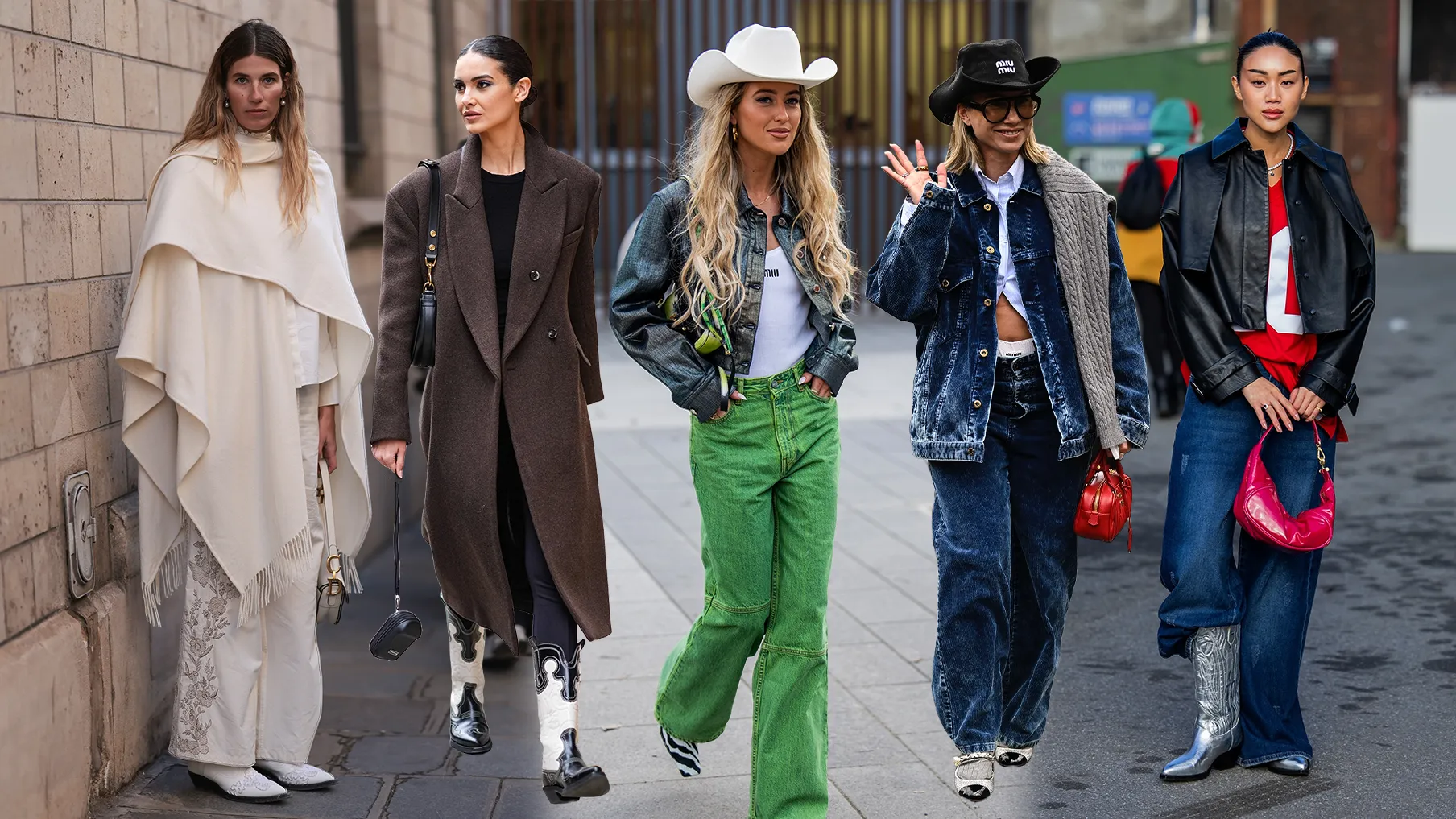Introduction
In the rapidly evolving style industry, sustainability is no longer only a trend—it is a need. Consumers are more and more prioritizing green merchandise, and brands that fail to evolve may additionally discover themselves left in the back of. If you’re an entrepreneur seeking to build a sustainable fashion logo, this guide will walk you through the important techniques to make sure your logo no longer only survives but thrives in this inexperienced revolution.
1. Sourcing Sustainable Materials
The foundation of any sustainable fashion brand lies within the substances used. Opt for natural, recycled, or upcycled fabric, which includes organic cotton, Tercel, or recycled polyester. These substances have a lower environmental impact in comparison to traditional fabrics like traditional cotton or artificial fibers. Establishing relationships with suppliers who share your commitment to sustainability is important. Consider certifications like GOTS (Global Organic Textile Standard) or OEKO-TEX to ensure your substances meet rigorous environmental and ethical standards.
2. Transparent Supply Chain
Transparency is prime in building accept as true with with purchasers. Modern clients need to recognize wherein their garments come from and how they are made. Map out your complete supply chain, from raw fabric sourcing to manufacturing and distribution. Ensure that each one stakeholders, which include manufacturers and suppliers, adhere to ethical practices. Brands like Patagonia and Everyone have set a benchmark by means of providing distinct insights into their deliver chains, and consumers have answered definitely.
3. Ethical Production Practices
Beyond materials, how your products are made is just as important. Partner with manufacturers who provide truthful wages and secure working situations. If possible, work with nearby artisans or small factories to reduce carbon emissions associated with transportation. Ethical manufacturing now not most effective supports communities but also resonates with purchasers who’re increasingly conscious of social justice troubles.
4. Eco-Friendly Packaging
Packaging is frequently left out, but it plays a vast role in sustainability. Reduce waste by using the usage of minimum packaging, or choose recyclable or biodegradable materials. Some manufacturers are even exploring modern alternatives like compostable packaging or reusable bags. Remember, the primary influence your product makes is regularly thru its packaging, so make it matter by way of aligning it together with your sustainable values.
5. Circular Fashion Model
The traditional linear fashion version—make, use, dispose—is unsustainable. Instead, remember adopting a round style model, where merchandise are designed with their entire lifecycle in thoughts. Offer restore offerings, encourage clients to return antique garments for recycling, or create merchandise that can be without difficulty disassembled and repurposed. Brands like Eileen Fisher and Stella McCartney are pioneers on this place, demonstrating that round style is not most effective viable but worthwhile.
6. Sustainable Marketing
Communicating your logo’s sustainability efforts is critical, but it’s critical to be actual and obvious. Greenwashing—in which brands exaggerate or falsify their eco-friendly claims—can backfire and harm your recognition. Instead, awareness on teaching your clients about why sustainability subjects and the way your logo is making a difference. Use storytelling to hook up with customers on an emotional stage, and leverage social media to engage with a network that shares your values.
7. Long-Term Commitment
Building a sustainable style brand isn’t always a one-time effort but an ongoing commitment. Continuously check and improve your practices, stay informed approximately new sustainable technologies, and be prepared to adapt as client expectancies evolve. Sustainability have to be embedded in every issue of your commercial enterprise, from product design to corporation culture.
Conclusion
Creating a sustainable fashion logo in ultra-modern market calls for determination, innovation, and transparency. By sourcing sustainable materials, ensuring moral production, adopting green packaging, and committing to a round fashion model, you may build a logo that now not most effective meets the needs of aware consumers however also contributes definitely to the surroundings. Remember, sustainability is not just about lowering damage—it is about growing a style enterprise that flourishes in harmony with the planet.





